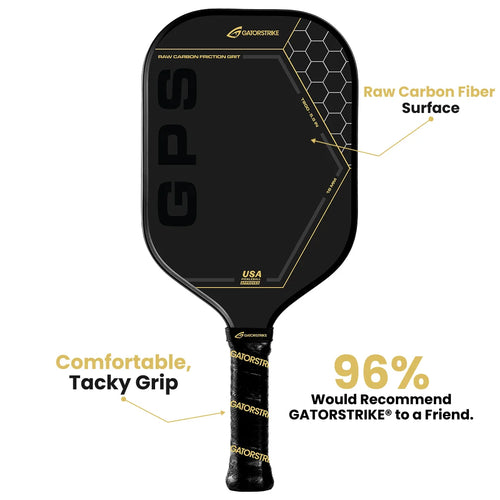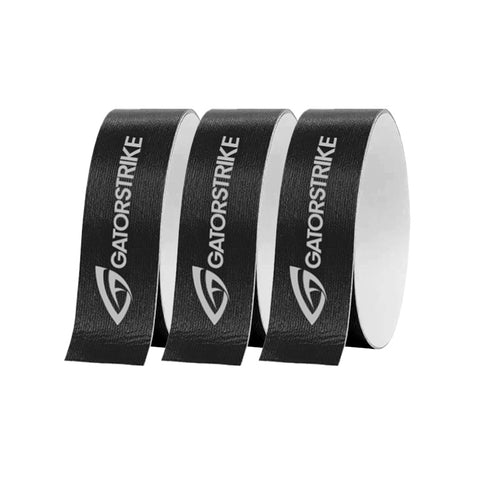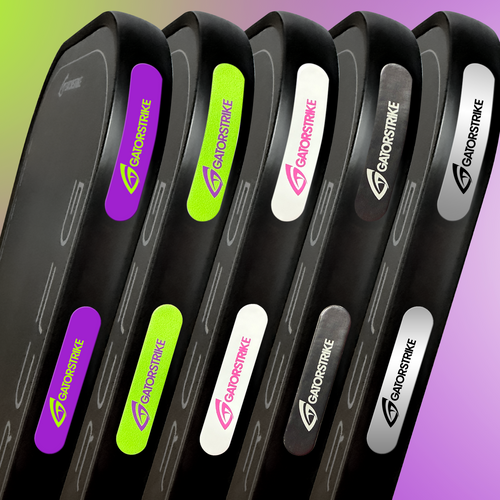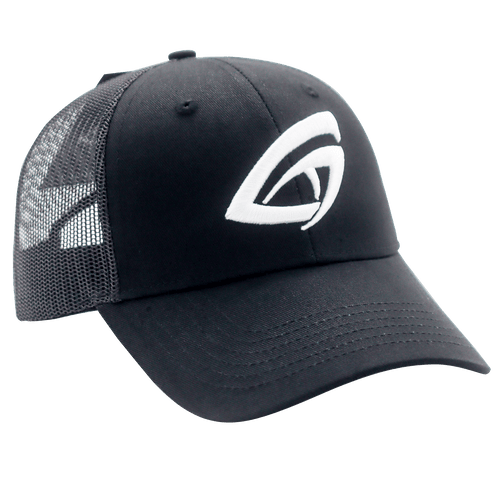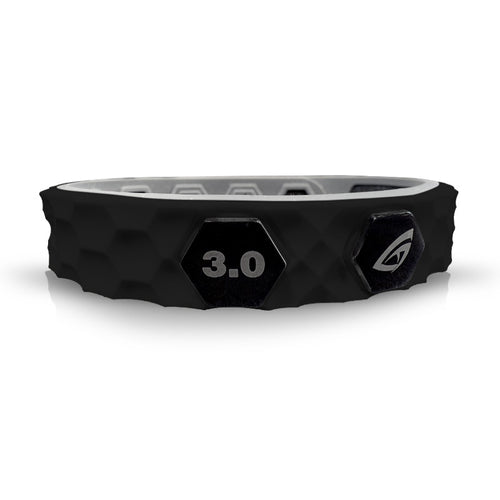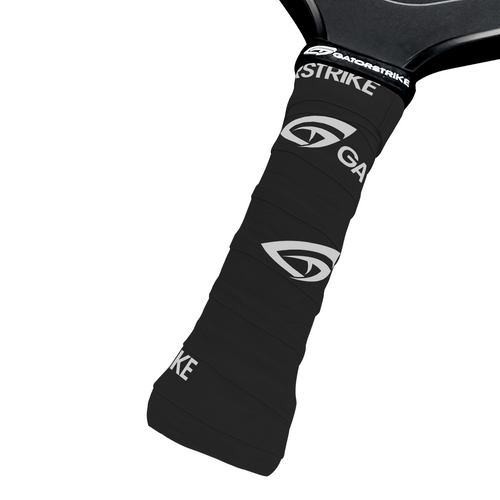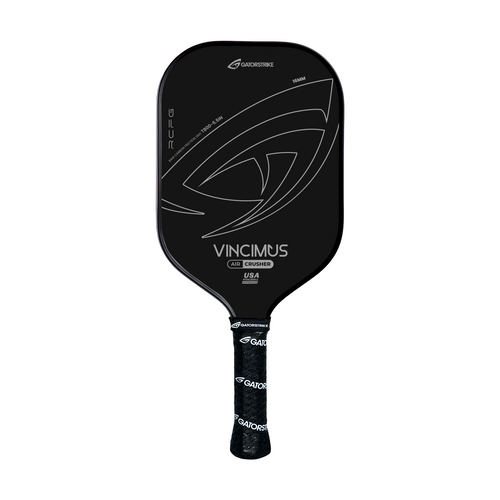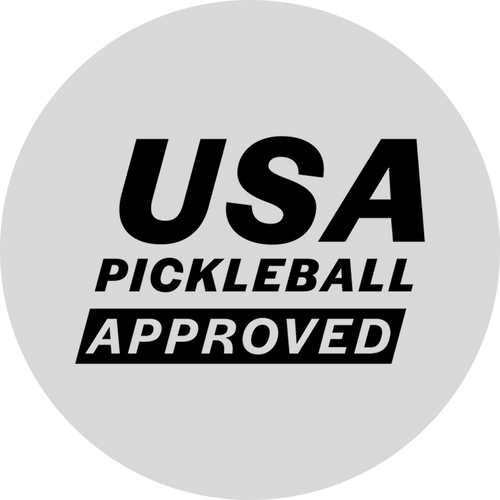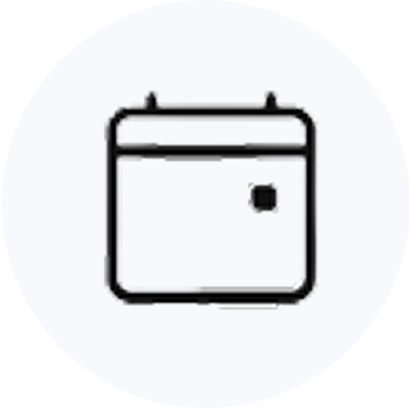
Indoor vs. Outdoor Balls: What’s the Difference and When Should You Switch?
Share
They may look similar at first glance—two wiffle-like orbs with holes and a neon pop of color—but when it comes to indoor vs. outdoor pickleballs, the differences are far from superficial. These seemingly modest spheres have unique DNA, and understanding what sets them apart can elevate your game, preserve your gear, and help you choose the right tool for your environment.
Whether you’re a casual rec center dinker or a fierce open-air tournament tactician, knowing when to switch balls could be the game-changer you didn’t know you needed.
The Tale of Two Balls: Key Design Differences
Let’s break down the design distinctions that separate the indoor ball from its outdoor cousin—because yes, the pickleball universe has distinct climates.
1. The Hole Truth: Big vs. Small
- Indoor Balls: Typically feature 26 larger holes, making them lighter and more responsive in draft-free, controlled environments.
- Outdoor Balls: Usually crafted with 40 smaller holes, engineered to cut through wind and resist wobble in outdoor conditions.
🧐 Why it matters: More holes (and smaller ones) add weight and stability for outdoor use. Fewer, larger holes keep indoor balls floatier and slower—great for controlled rallies.
2. Material Matters: Softer vs. Harder Plastics
- Indoor Balls: Made with softer plastic for improved control and quieter play on gym floors or wooden courts.
- Outdoor Balls: Constructed from harder plastic, allowing them to withstand the rougher surfaces of asphalt or concrete.
💥 Translation: Indoor balls feel cushier and give you more touch, while outdoor balls feel zippier and bounce higher. Expect indoor balls to scuff; expect outdoor balls to crack (eventually).
3. Bounce Behavior
- Indoor: Lower bounce and slower pace = longer rallies and more strategic dink exchanges.
- Outdoor: Higher bounce and faster pace = quicker reflexes and more aggressive play.
🎯 Pro Insight: If you're used to indoor tempo, transitioning outside may feel like switching from chess to speed checkers. Be ready to react.
When Should You Switch?
Now that you’re fluent in ball anatomy, let’s talk about timing the transition. Switching from indoor to outdoor balls (or vice versa) isn’t just a seasonal move—it’s a strategic one.
✅ Switch to Indoor Balls When…
- You’re playing in a gym, on a wooden or rubberized court
- Noise is a factor—indoor balls are significantly quieter
- You're practicing soft game mechanics like dinking or resets
- You want longer rallies and better ball control
🙌 Bonus: Great for beginners mastering paddle contact and footwork.
✅ Switch to Outdoor Balls When…
- You’re on asphalt, concrete, or any rough surface
- Wind, sun, or unpredictable weather is part of the equation
- You’re playing a competitive match that requires fast-paced volleys
- You want to build stamina for tournament conditions
🌬️ Pro Tip: If the breeze is blowing your ball like a feather in a storm, you're using the wrong ball.
Cross-Training Your Game: Use Both!
Here's a savvy move: don’t limit yourself to just one environment. Training with both types of balls enhances your adaptability and reflexes.
- Want to sharpen precision? Drill indoors with slower, floatier balls.
- Want to build reaction speed? Take it outside and let the ball test your reflexes.
🎾 Think of it as altitude training—only it’s “bounceitude” training.
How to Tell Them Apart at a Glance
If you ever find yourself staring at a ball bin wondering which is which, here’s a cheat sheet:
|
Feature |
Indoor Ball |
Outdoor Ball |
|
Holes |
26 (larger) |
40 (smaller) |
|
Surface |
Softer plastic |
Harder plastic |
|
Bounce |
Lower |
Higher |
|
Noise |
Quieter |
Louder |
|
Speed |
Slower |
Faster |
👁️ Visual cue: Outdoor balls often feel slicker and stiffer. Indoor ones tend to have a matte, slightly tacky finish.
Popular Picks: Trusted Brands by Environment
Indoor Favorites:
- Onix Fuse Indoor
- Jugs Pickleball (a longtime classic)
- Franklin X-26
Outdoor Standouts:
- Dura Fast 40 (tournament standard)
- Franklin X-40
- CORE Outdoor Ball
🛠️ Reminder: Even the best balls will wear out. Inspect regularly for cracks, warping, or loss of bounce.
Final Rally: The Right Ball = A Better Game
Don’t underestimate the humble pickleball. The one you choose directly influences your performance, experience, and enjoyment. By understanding the nuances between indoor and outdoor balls—and knowing when to switch—you empower your game with precision and intentionality.
So next time you hit the court, take a moment to check your ball. Because the right one doesn’t just bounce—it elevates. 🎯🏓
